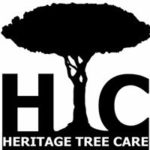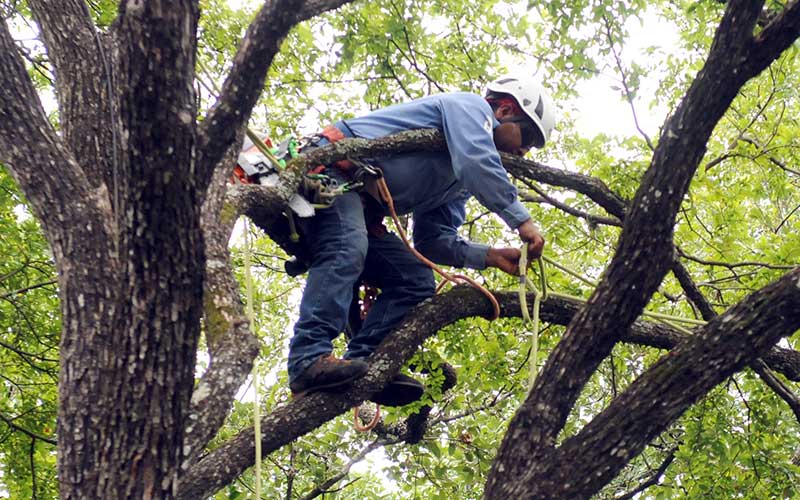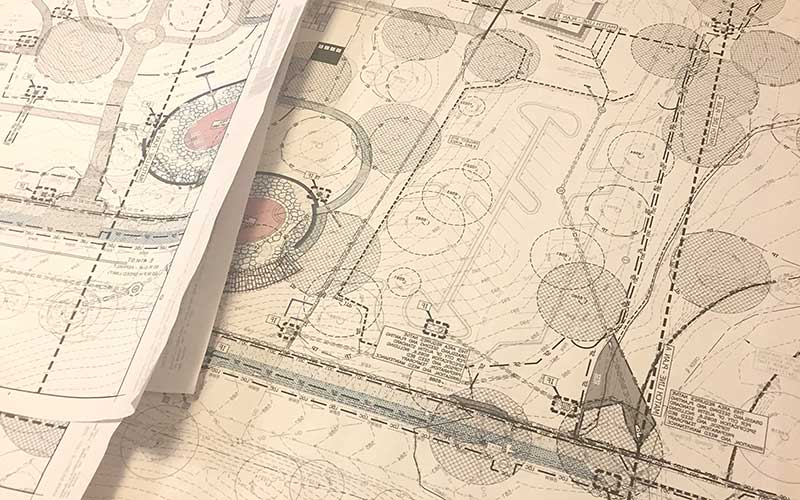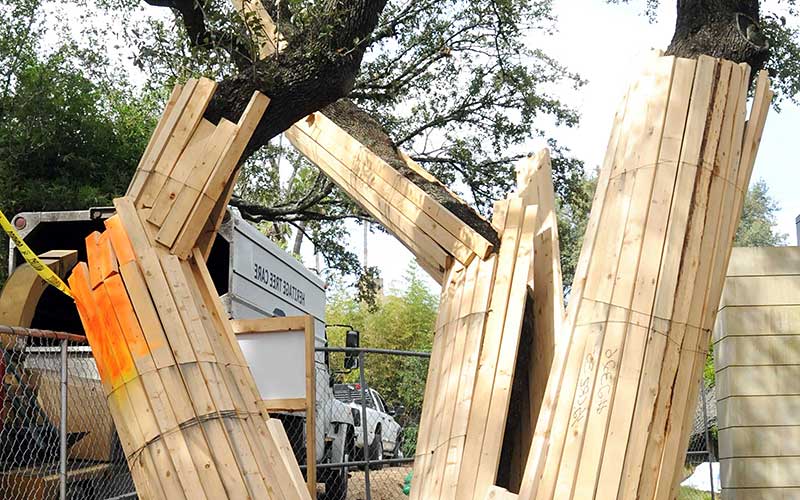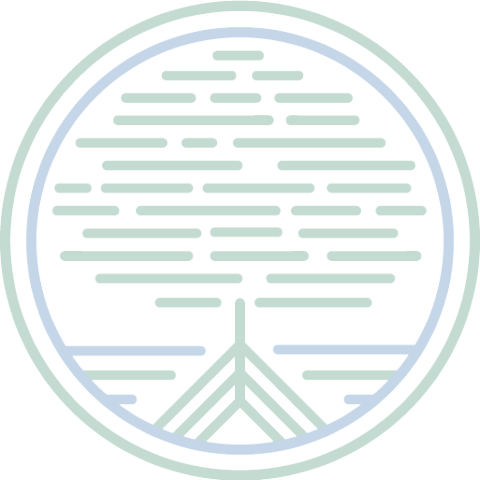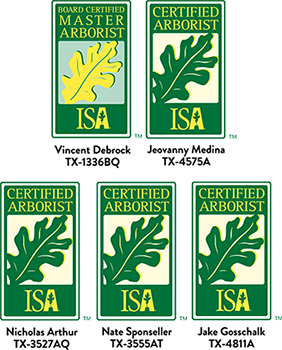Many people; local citizens and tourists alike, enjoy Austin’s trees. Whether hunting for shade during the ACL Festival at Zilker Park, enjoying scenery surrounding Lady Bird Lake or hiking one of the many trails within city limits — most will agree that the trees are a large part of what makes these experiences enjoyable.
In 2015, the National Wildlife Federation named Austin the number one city in America for wildlife and the U.S. Forest Service listed it as one of the ten best urban forests. Our city is known for its trees: we even have laws protecting our heritage trees, some of which are hundreds of years old.
There are approximately 33.8 million trees in Austin providing a leafy canopy over 30.8% of our city. In addition to providing an enjoyable environment for recreational activities, they also reduce energy costs by about $18.9 million each year.
With 10 miles of path, the trail on Lady Bird Lake is one of the busiest tree-friendly spots in town with over 2.6 million annual visitors. Taking care of the trees along the trail is a big project and a lot of responsibility.
Who Takes Care of the Trees on The Butler Hike & Bike Trail?
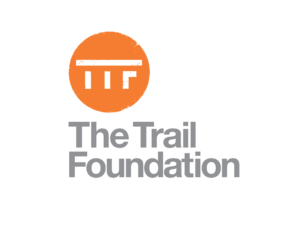 The Trail Foundation is a local non-profit that works in cooperation with the Austin Parks & Rec Department to maintain and improve The Butler Hike & Bike Trail. Their mission is to protect, enhance, and connect the trail for everyone’s benefit.
The Trail Foundation is a local non-profit that works in cooperation with the Austin Parks & Rec Department to maintain and improve The Butler Hike & Bike Trail. Their mission is to protect, enhance, and connect the trail for everyone’s benefit.
One substantial part of this commitment is caring for the trees and ecosystems along Lady Bird Lake. This includes trimming and pruning the trees for clearance and the safety of the trail’s 7,000+ daily users. It also includes projects designed to support and enhance the wildlife ecosystems along the lake.
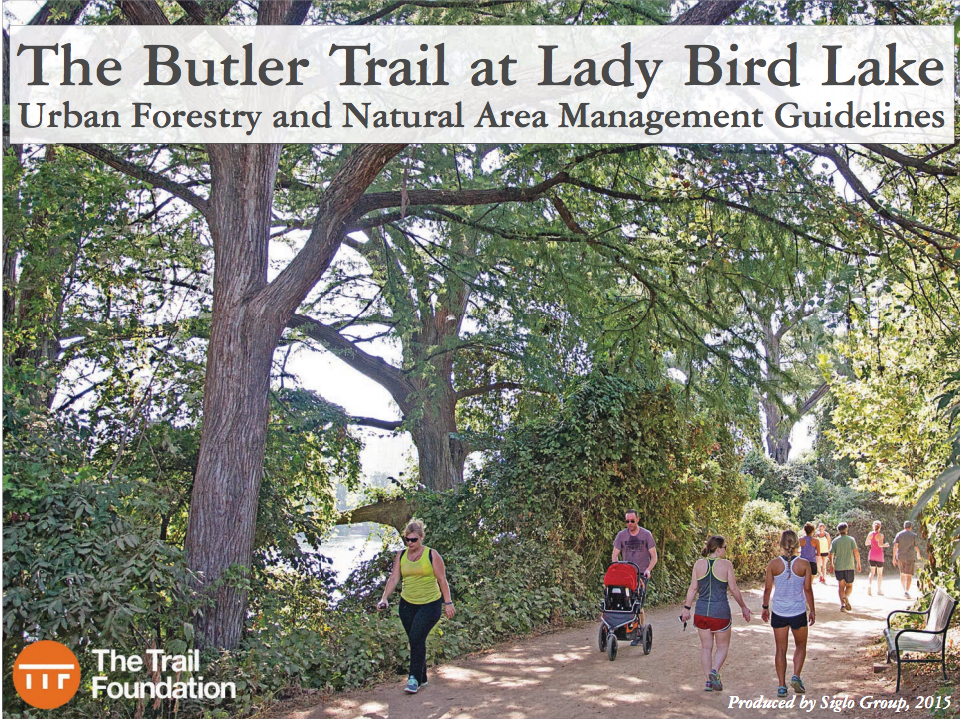
TTF works tirelessly with city authorities for the betterment of the Trail. Please visit their website for detailed information about how TTF works with the City Urban Forestry Board and the Austin Parks & Rec Department. (Photo copyright The Trail Foundation.)
Why are the Trees Downtown so Important?
The Lady Bird Lake riparian area is an essential refuge for wildlife as well as a human recreational resource. Right here, within a city of nearly a million people, over 190 species of birds, 24 different types of mammals, 11 various amphibians, and 45 reptile species coexist with us on only 200 acres. All of these creatures depend on our native plants to provide them with cover, nesting sites, and food.
One native oak tree can support over 500 species of caterpillars while most of the invasive species present on The Trail only host up to 5 species. A pair of small birds will require 5,000 – 9,000 caterpillars to raise one clutch of young. In fact, researchers have found that only a habitat comprising at least 70% of native plants can sustain many bird species.
When these exotic, non-native plants become invasive, they threaten local ecosystems by competing with native species which:
- Provide food sources (seeds, nuts, nectar and fruits for birds, bats, pollinating insects, and butterflies)
- Attract insects for birds to consume
- Provide habitats for birds, wildlife and larval host plants for butterflies Protect water quality by controlling soil erosion
- Are better suited for our weather and soil
- Require less maintenance than introduced species
- Preserve the natural heritage of our state
Current projects focus on removing some of the 31 species of invasive plants identified in the Lady Bird Lake area which are causing the most significant impact. These include the tree of heaven, paper mulberry, golden rain tree, chinaberry, Chinese tallow, and Ligustrum or privet shrubs.
Funds for this project are available through The Trail Foundation’s partnership with the City of Austin’s Urban Forestry Grant Program. It takes a lot of people working together to make sure the trail remains a place all can enjoy for years to come.
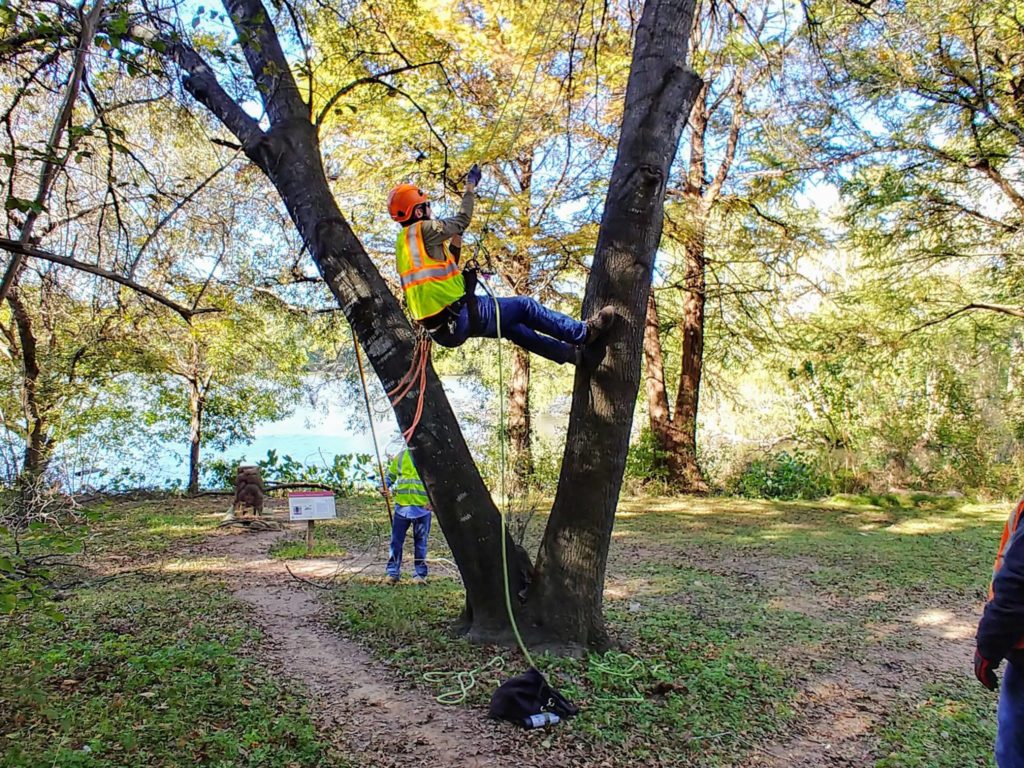
Why Are They Cutting Down Trees at Lady Bird Lake?
An “invasive species” is defined as a species that is non-native (or alien) to the ecosystem under consideration and whose introduction causes or is likely to cause economic or environmental harm or harm to human health.
Arborists from Heritage Tree Care are removing the invasive species, including trees, in 2018 and 2019 as part of the Butler Trail Ecological Restoration Project, one of 15 projects sponsored by The Trail Foundation. They are non-native invasive species that are disrupting biodiversity and depriving wildlife of food and shelter. In fact, these unwanted plants are one of the greatest threats to the health of this urban wildlife habitat.
Preserving Natural Ecosystems in Austin
So don’t worry when you see the professional arborists from Heritage Tree Care working along the trail during the coming months improving the habitat. They’re working with The Trail Foundation to ensure this beautiful area remains healthy, safe and enjoyable for all.
If you’re curious about invasive species and how you can use native plants to affect local ecology, you can learn more on the Texas Invasives website.
To read more about maintaining and preserving the trail visit The Austin Trail Foundation and Heritage Tree Care on social media using the links below:
